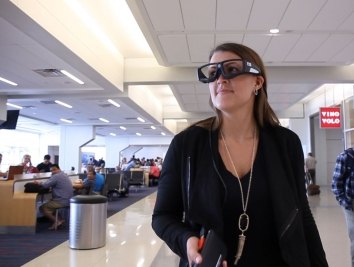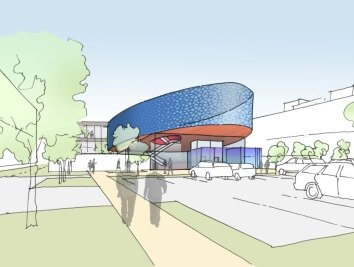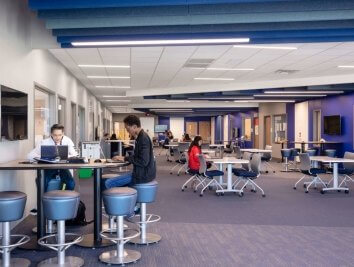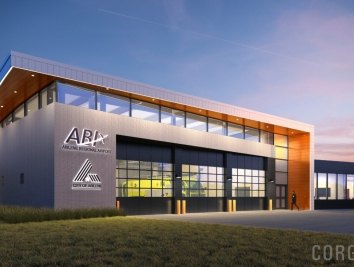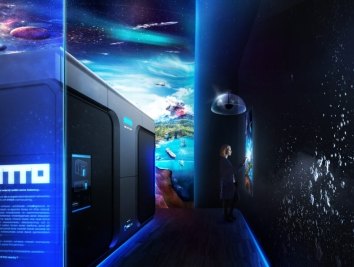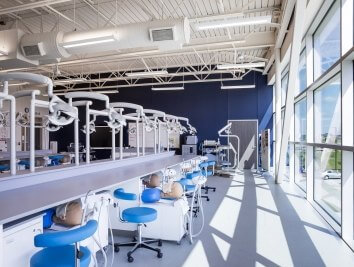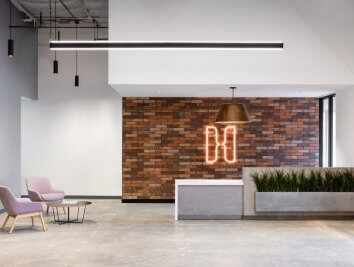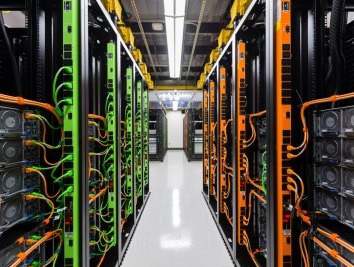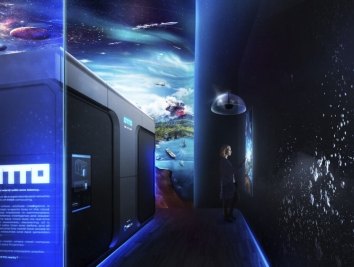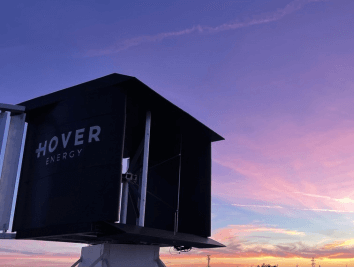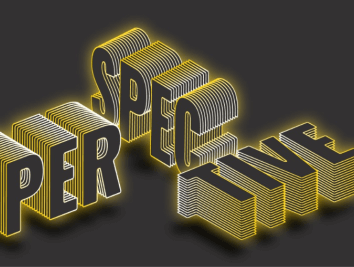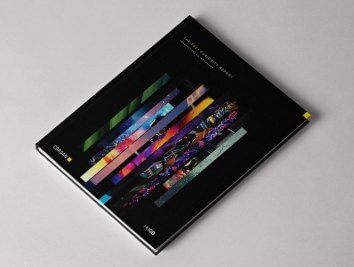High Tech Libraries
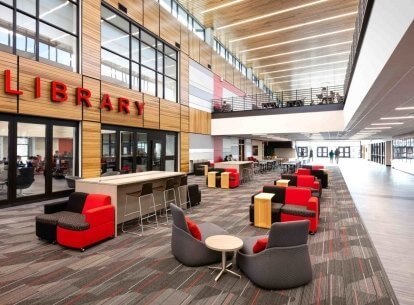
High tech libraries
As a space that has played a central role in learning for centuries, the library is more than a facilitator of the learning process. Instead, libraries are historic spaces with grand underpinnings as places of inspiration, learning and a collection of ideas which hold the core purpose of education and university campuses. In a time where it seems tablets have replaced tables and laptops have replaced librarians, how does the library not only remain relevant but evolve, thrive and even expand its purpose?
Just as other operations and curriculums have benefitted from new technologies, the future of the library provides an opportunity to seamlessly and strategically integrate these tools to work to its advantage—tapping into the power of technology to promote knowledge sharing, imagination, and community.
Sharing
Technology is challenging the library’s role as the gatekeeper of information. Cloud-based collections and applications, digital readers and open source research data are challenging the notion of the traditional library. Needing less room for outdated or rarely-used inventory, technology frees up space and transforms the library into an immersive, experimental, engaging and collaborative knowledge sharing experience with the most engaging content.
Visual aids, touch screens, and graphic QR codes that unlock augmented reality displays on personal devices tap into today’s “screen culture” to modernize content as compelling and attractive teaching tools. Dedicated immersive labs with larger-than-life OLED screens activate entire walls to simulate everything from prehistoric landscapes to heart transplants. 3D projects and virtual and augmented realities take students into their work—creating stories and environments large enough to learn and explore in.
Putting learning on display, technology creates intentional and casual opportunities for collaboration and sharing. While individual, self-led AR/VR goggles transport students to another world or time, collective virtual experiences large enough to accommodate several students simultaneously create opportunities to discover, problem solve, and learn together. Breakout green screen rooms allow students to make quick videos of their research or sell a new invention with a commercial using a smartphone and basic video editing software.
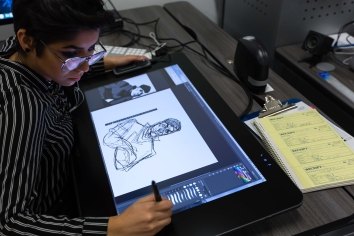
Imagination
To be successful, a library must be more than a resource for sharing knowledge. It must inspire innovation—encouraging students to imagine and see the world as immensely and infinitely shapeable. Maker spaces, coding stations, 3D printers and other hands-on manipulatives, robotics labs, digital table tops and screen sharing devices can outfit the modern library as a place to test and retest ideas. From an emergency room simulation to hackathons, learning jumps off the page and into real life through virtual realities that fully situate students in practice environments and offer engaging opportunities to refine new skills.
The modern library functions as an extension of several ideation lounges connected virtually to allow for an uninterrupted flow of ideas and production—linking STEM labs, digital arts studios, recording studios with collaboration nodes throughout the campus. Computer models generated in the engineering lab can be 3D printed in the library, for instance, and videos filmed on the library’s green screen can be projected live in a classroom elsewhere.
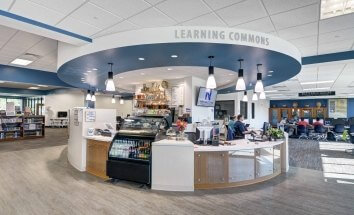
Community
As a space synonymous for gathering, the future library uses technology to better facilitate communication, collaboration and community. High-tech furniture invites social connections and fosters shoulder to shoulder interaction and face to face communication. Tabletops with built-in digital touchscreens allow educators to curate content and groups to collaborate in real time. More seamless than laptops and “add-on” personal devices, high-tech furniture more intuitively responds to the modern student’s affinity for interactive technology.
With video conferencing, the library’s boundaries begin to blur. In an instant, students can be transported to faraway places or connect with thought leaders and resources outside the campus, in the community, and even across the world. Hot desks with audio/visual capabilities remove barriers and bring the tech students needs to their fingertips, so remote students can see, hear, and engage anytime, anywhere and small groups can drop-in to challenge and explore ideas. As a more connected citizen of the community, libraries can invite local artists, engineers, authors and makers to lead workshops and explorations—reprising the library’s role as a gathering place for people and ideas.
As schools and universities compete with the changing landscape of information streams available to students, as well as the shift in campus expectations, the library has a distinct opportunity to harness the power of technology to keep pace without compromising its place as a historical centerpiece for knowledge sharing, imagination, and community.
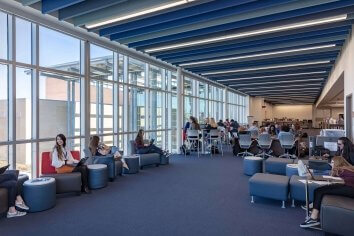
Jason Mellard, AIA, LEED AP is a Senior Associate in Corgan’s education studio in Dallas, Texas. Jason may be contacted at jason.mellard [at] corgan.com (jason[dot]mellard[at]corgan[dot]com).





